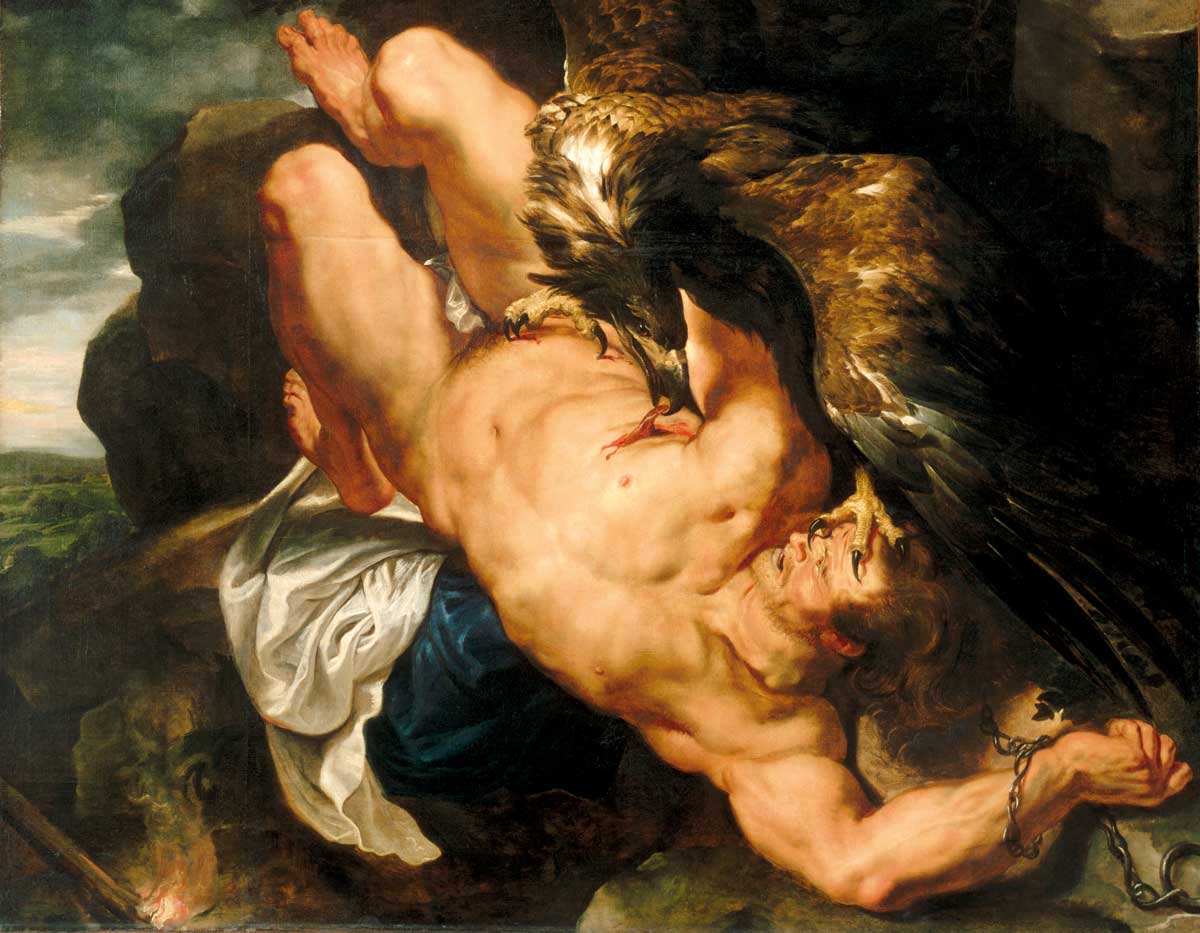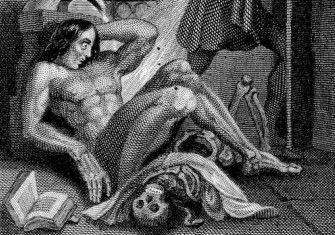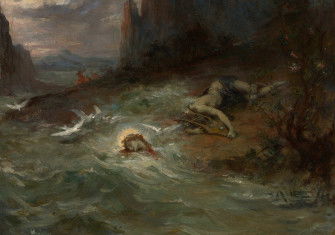Prometheus
The immortal Titan abandoned to his eternal fate.

Peter Paul Rubens opened his studio in Antwerp in 1610 and Prometheus Bound was one of his first works to be produced there – though the eagle was painted by Frans Snyders, a colleague renowned for his depictions of the natural world.
The scene is that of the Titan Prometheus bound to a rock, an eagle devouring his liver in perpetuity; an immortal, Prometheus cannot die.
The Titan had helped Zeus, the leader of the gods, in his attempt to rule over Cronus and other Titans. Zeus, however, had turned on his former ally, angered that Prometheus had given the gifts of fire – stolen from Mount Olympus – and art to mortal humankind. Zeus, therefore, ordered Power (Kratos) and Force (Bia) to chain Prometheus to a rock in the isolated Caucasus mountains, where he would be abandoned to endure his eternal fate.
Rubens’ painting was inspired by the play of the same name by the Greek dramatist Aeschylus: or so it was thought. The fifth-century BC drama is now believed to be by a different hand, its language, metre, style and outlook too different from the plays known to be by the Athenian.







